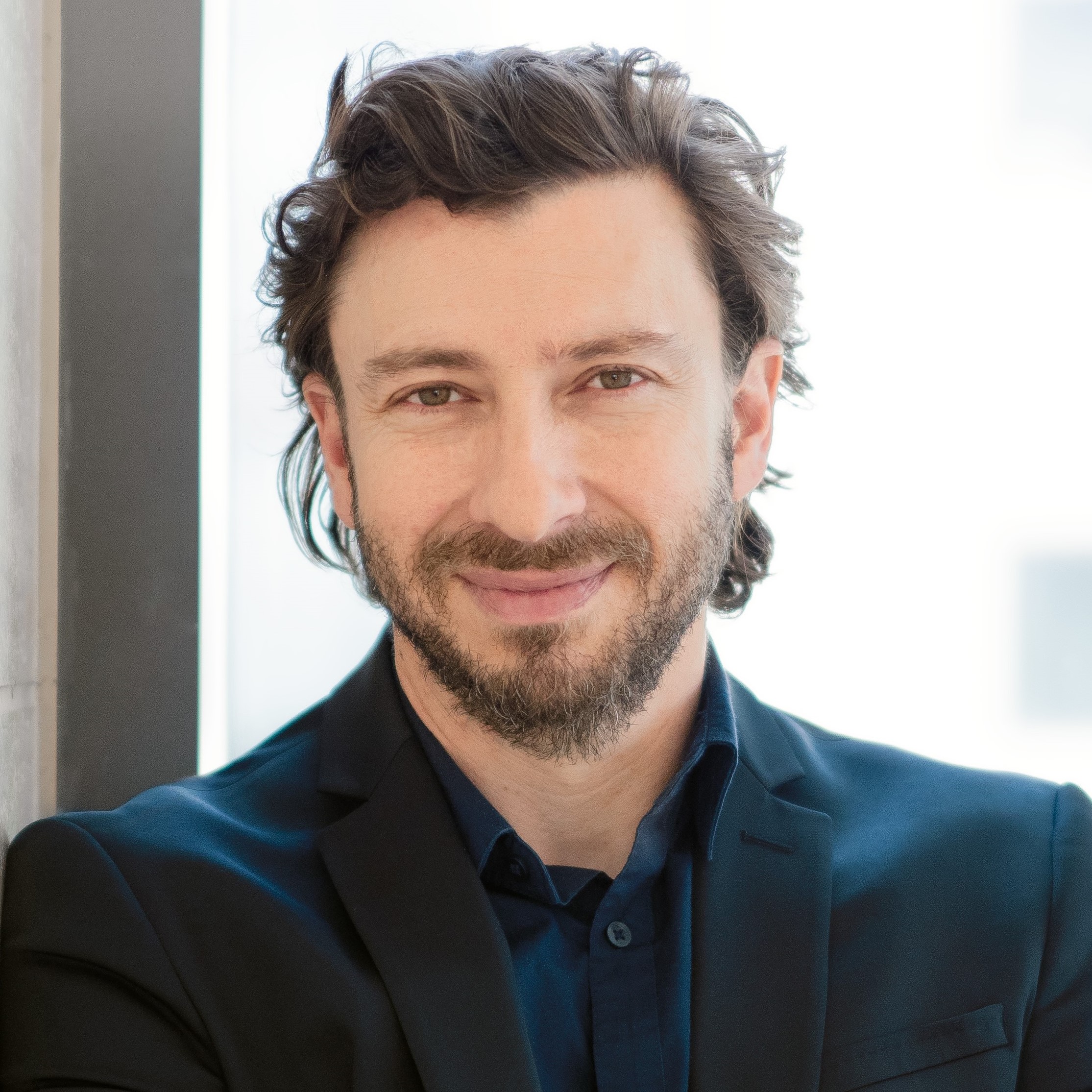by Buck Institute
October 6, 2023 . BLOG
A “Healthy Selfie” May Be in Your Future
Research from the Furman lab focuses on skin as a gateway to predict aging and health
 The number of likes you get on Facebook may not be the only thing your selfie could predict. It might also be able to predict internal biological health and aging. Buck Associate Professor David Furman, PhD, is aiming to make that concept a reality. He is developing a simple phone app that uses a photo of a person’s face plus a simple questionnaire to generate a snapshot of that person’s inflammation levels.
The number of likes you get on Facebook may not be the only thing your selfie could predict. It might also be able to predict internal biological health and aging. Buck Associate Professor David Furman, PhD, is aiming to make that concept a reality. He is developing a simple phone app that uses a photo of a person’s face plus a simple questionnaire to generate a snapshot of that person’s inflammation levels.
In his lab, Furman studies the many nuanced ways that inflammation leads to aging and disease. One of his biggest goals is to use the most advanced tools available, including machine learning and artificial intelligence, to process massive amounts of data and boil it down to the most predictive elements. He wants to develop tools that indicate how internal aging processes are progressing, and which ones warrant some extra attention. “I want to combine complex biology into something that can be used by anyone,” he says.
Furman says he recently became fascinated with skin health. Skin is just another part of the complex systems intertwined in the aging process.
It's not every day that you hear about an immunologist working with a cosmetics company, but Furman has done just that, serving on the advisory board of Christian Dior’s Initiative on Skin Health. Earlier this year, Dior Science launched the formation of the first International Reverse Aging Scientific Advisory Board, supporting research that may pave the way for products that help skin remain youthful, or even turn back the clock.
In this Dior collaboration, Furman is serving as one of the scientific experts to develop a holistic understanding of the different pathways of aging, with the hope of translating that information into products that could reverse biological age. Furman is approaching the problem from a different perspective: to use the skin and overall appearance of the face to serve as a barometer of overall body health.
Technology developed through Furman’s company Edifice allows people to measure their inflammatory health, which is a predictor of multiple chronic diseases of aging. The resulting metric, Inflammatory Age® (iAge), was developed with data from the Stanford 1000 Immunomes Project, and can calculate a score from a standard blood draw.
Furman is taking the idea one step further. “We found as part of Edifice that what you see in the face can predict what happens in the body,” he says. “Now I have opened this area of research where what I want to get out is a very simple way to assess biological aging, without needing a blood sample.” He has linked the information from iAge with information derived from a photograph of someone’s face.
He calls it the “Healthy Selfie.”
“This is not science fiction,” says Furman. “Basically, it's very down to earth.” For example, he cites a study that was done on completely unrelated people who looked alike using Facebook photos. When some of these doppelgangers were analyzed genetically, it turned out that they not only shared genetics for facial traits but other parts of the genome. “There are things in your facial features that represent what happens at the genomic level in the cells of your body,” he says.
The Healthy Selfie will be a phone app that can tell someone their level of inflammation and where it may come from, just from a survey and a photo. The survey part of the platform already exists, where users download an app and fill out a questionnaire. The combination of a simple survey and a photograph, which have been pared down to identify the most informative biomarkers, can quickly yield a prescription of sorts, recommendations of things to change.
“It is very comprehensive, with data from more than 10,000 publications,” he says. For example, the app can evaluate the quality of the air that person is breathing based on the ZIP code where they live. “Maybe someone is more inflamed because of living in a polluted environment, so their inflammatory scores will correspond to that exposure,” he says, adding that the survey portion helps to identify inflammation levels, such as from foods consumed. “Seeing what the connections are between exposures and inflammation is a very, very active area of research.”
The Healthy Selfie is part of Furman’s much larger plan. “The idea is to improve the health of the population worldwide by a very simple guide and protocol that is personalized to aim to lower chronic inflammatory levels,” he says. “Now I'm creating impact from all this data because anyone with a cell phone here or in Africa, for example, could participate.”

SHARE